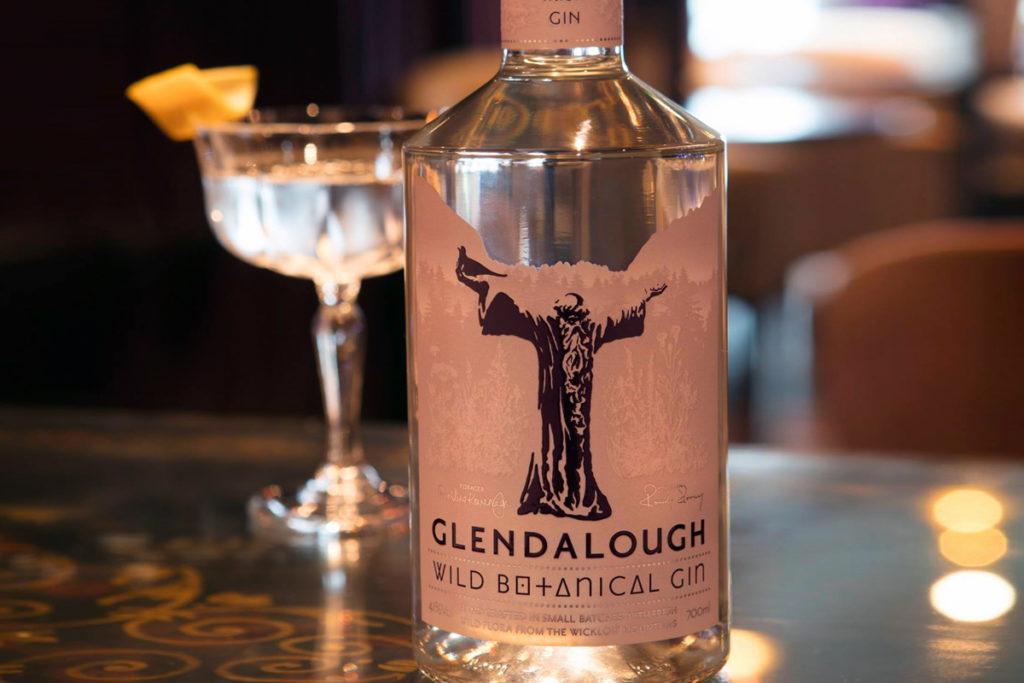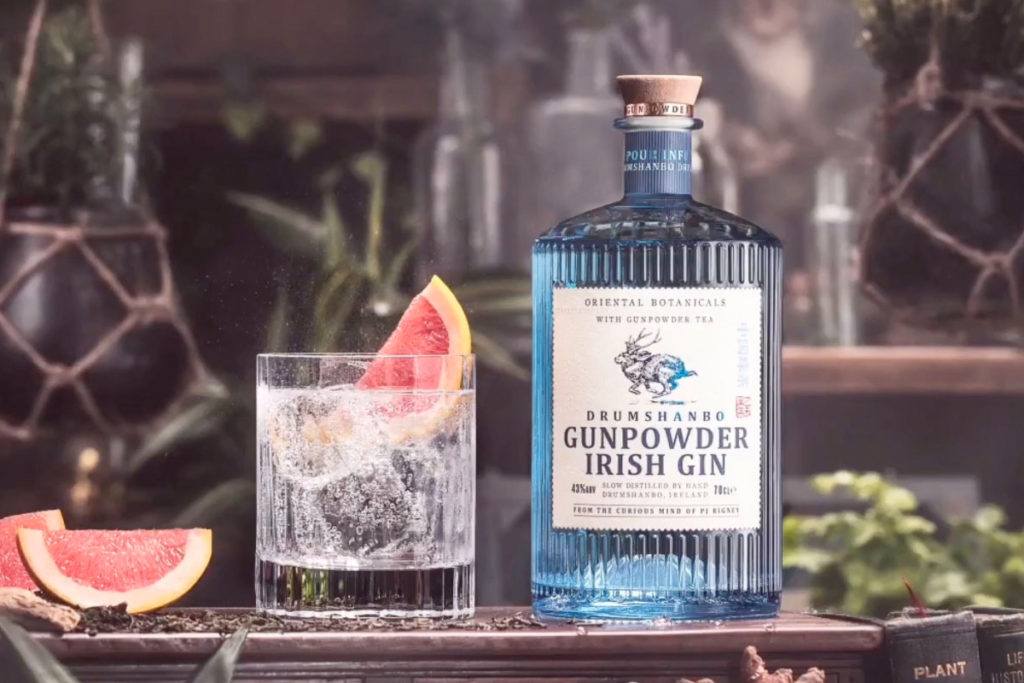by Brad Japhe
When it comes to lovable liquids, Ireland has long been associated with well-rounded whiskeys, Guinness and creamy liqueurs. But prepare to add another alcohol into the mix: gin. Although the juniper-charged spirit remains a primary export of its British neighbours, the demand for craft gin is swelling on this side of the Irish Sea. The Emerald Isle is ramping up production to cash in on the craze. As with any emerging trend, a healthy degree of scepticism is warranted. But much of this new generation of gin is sensationally playful and ready to compete against its stodgier UK counterparts. Break out the tonic, and take note.
NATIVE IRISH BOTANICALS
With its unmistakable pine tree-like essence, London Dry is the most recognizable style of gin on earth. It’s largely the result of juniper, as well as coriander seed and angelica root. While these botanicals form the base of traditional gin, Irish distillers seem to expand the palate and utilize unconventional additives.

“[We use] wild ingredients from mountains surrounding our distillery,” says Gary McLoughlin, founder of Glendalough Distillery. He launched a series of gins that fluctuate with the seasons. These gins showcase freshly-foraged ingredients, which they add to the still each day, within hours of picking. A typical bottling might include elderflower, yarrow, ox eye daisies, wild raspberries, and sweet cicely.
“The heavier, more sturdy botanicals macerate in our copper pot still,” he explains. “The lighter botanicals are suspended in baskets to allow the vapors to pass through and extract the more delicate flavors.” The result is a truly unique gin that offers far much more subtle notes than you’ll find in a standard London Dry.
“Irish craft gin is remarkably distinctive and innovative vs. gin trends in other parts of the world,” notes Rob Cassell, the master distiller behind Conncullin Irish Gin. “Most Ireland gin producers are showing real innovation in the flavor profiles they target, and instead of mimicking others, are finding their own path.”
A GIN FOR EACH COCKTAIL
For his part, Cassell’s entry into the category leans on a wheat distillate and berried bouquet for a soft gin, with floral tendencies triumphing over herbal. “While many people may have a stereotypical view of gin, there is a freedom of botanicals that can be used well beyond juniper, it allows for a fantastic amount of creativity by a distiller,” adds Cassell. “There is a perfect gin for each cocktail.”

To wit, Mór opened up the whiskey town of Tullamore to gin, offering an expression heavy in honeysuckle and cranberry. It makes for a magical Martini.
Citrus-laden with notes of grapefruit and Chinese herbal tea, Drumshanbo Gunpowder Irish Gin is eager to work its way into gimlets and negronis.
Using local apples as its neutral base, Highbank Orchards’ Organic Crystal Gin adds lavender and black currant to its botanical profile. Make a Tom Collins cocktail to achieve a maximum effect.
SEASONAL INGREDIENTS, SEASONAL GINS
With such a wide variety of production, it’s impossible to pigeonhole Irish gin into a neat and easy flavor profile. On shelves today, you can find Irish gin fashioned out of everything from milk to seaweed; strawberries to wild rose petals. Instead, the emerging category is defined by a spirit of innovation; a willingness to work with whatever ingredients are within reach, and within season. Rather than devoting themselves to consistency, Ireland’s most notable gin makers are content bottling a liquid that fluctuates from the one before. As long as both are interesting and of considerable quality is all that’s required.
There’s nothing wrong with seeking out the same old traditional gins that reek of Christmas Tree. “The London Dry style is the classic, no doubt about it,” Cassell admits. “But while the classics can be great, it’s good to have some fun once and a while, and go outside the box.”
In this case, the box is a bottle of Irish gin. If adventurousness suits you, take heart, and take a sip; this segment shows no signs of slowing.

 Privacy Policy - your information will never be shared
Privacy Policy - your information will never be shared